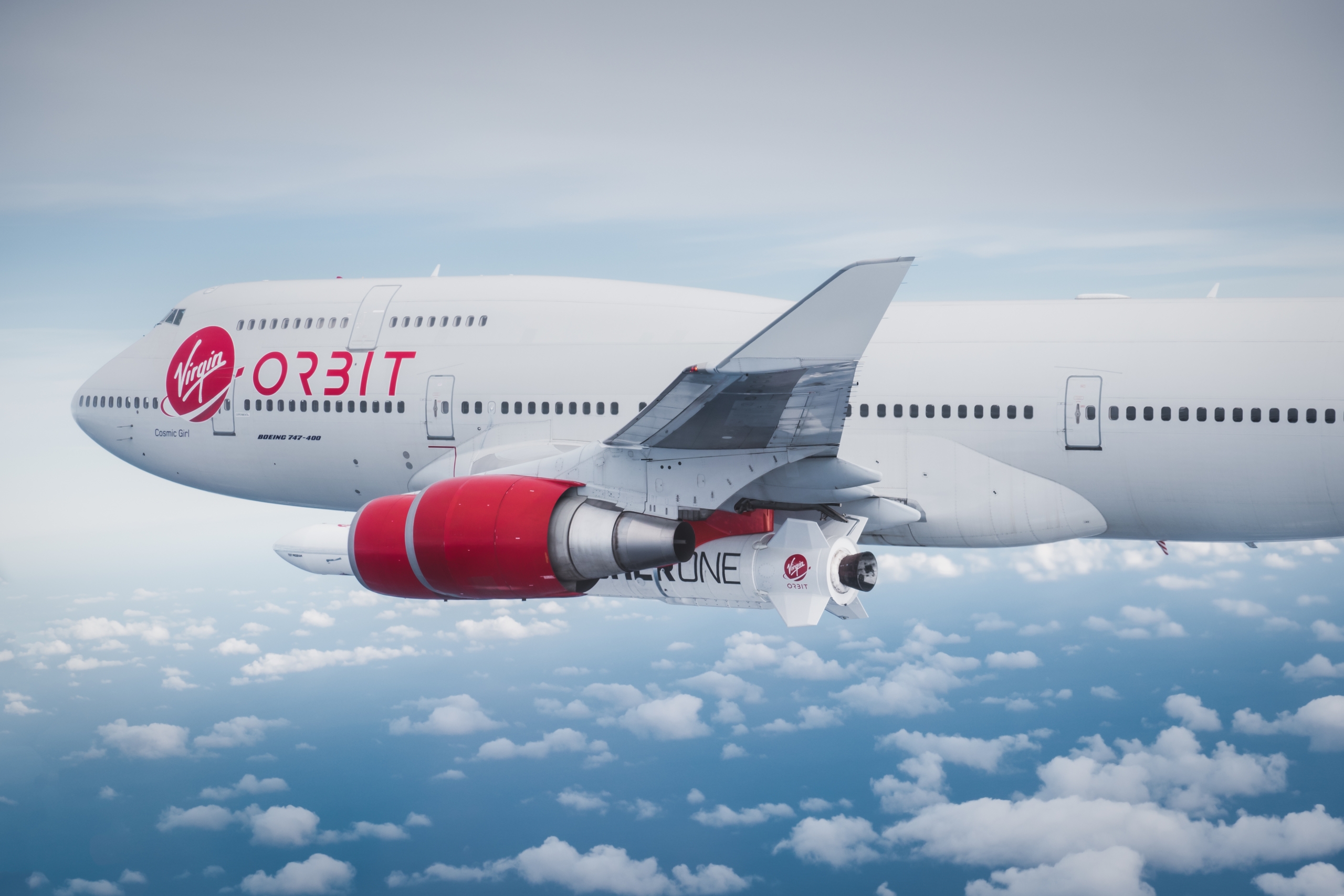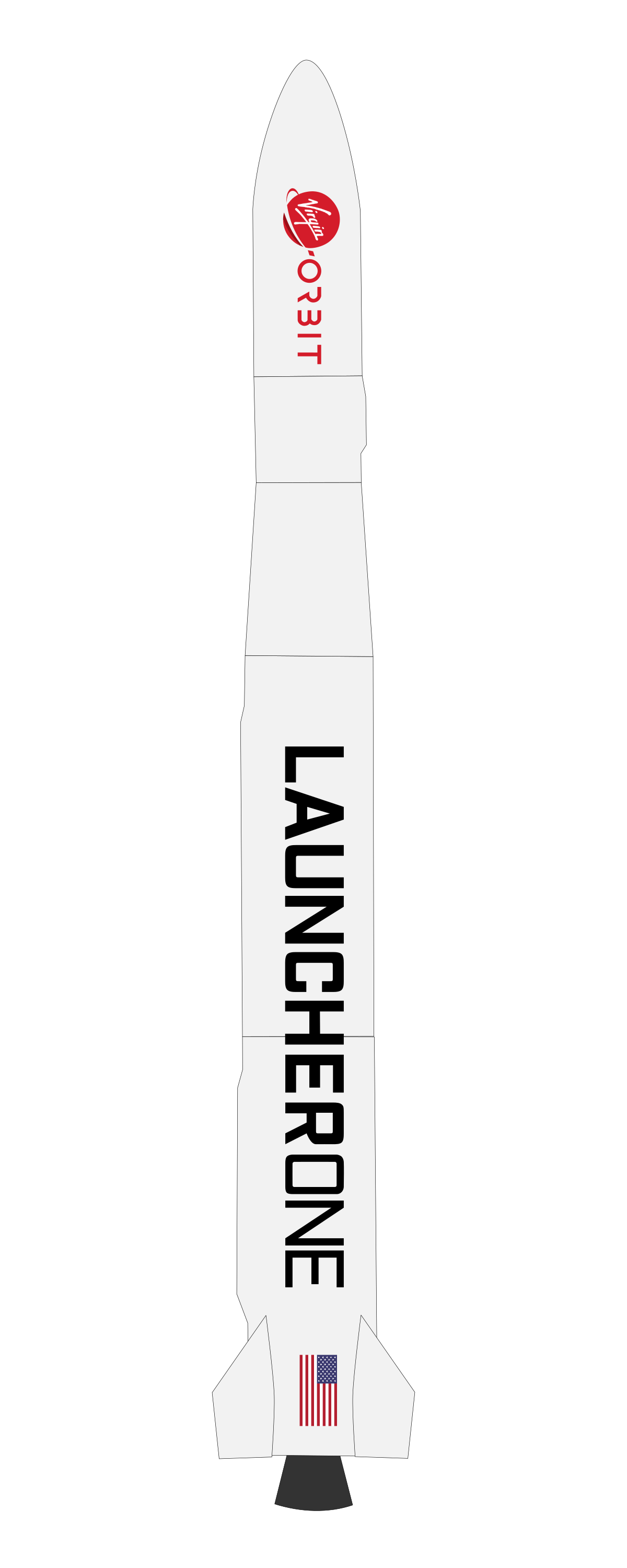EXPANDING OUR ORBIT
OCTOBER 31, 2019
As we entered into the new millennium, bright innovators started harnessing improvements in technology to squeeze more and more capabilities into smaller satellite payloads. Due to their low cost and short manufacturing times, these early smallsats were an excellent educational tool for university students. These days, the world can see that small satellites are transforming the way we approach almost all of our activities in space. And what’s more, inventive minds are devising new ways to use this technology to accomplish ever bigger and bolder missions.
Now, that even includes missions to deep space.
In May 2018, NASA’s InSight mission launched from Vandenberg Air Force Base in California to begin its long, 35 million-mile journey to the Red Planet. The InSight lander is a marvelous piece of technology, enabling us to learn more about Mars’ weather, surface and subsurface than ever before. But what really caught our attention was the lander’s tiny escorts — a pair of briefcase-sized communications spacecraft known collectively as Mars Cube One (MarCO).
When InSight burst through Mars’ upper atmosphere at more than 12,000 miles per hour, it was MarCO-A and MarCO-B that filled a critical communications gap by relaying the lander’s data all the way back to Earth. For the first time, humans had used CubeSat technology for an interplanetary mission, and it was wildly successful (and cost-effective, to boot). You couldn’t ask for a better experimental demonstration.
Watching MarCO got us thinking — and our customers, too. That inspiration dovetailed with a steady stream of interest we’ve gotten from customers interested in using smallsats to support the renewed interest in the exploration of the Moon. That led us to think about whether LauncherOne would be able to send payloads large enough to be meaningful to places beyond Low Earth Orbit (LEO).
As it turns out, the answer is yes. With the addition of a third stage housed within the rocket’s fairing, LauncherOne can send cutting-edge satellites on a ride past LEO into deep space. We’ve run the numbers, and we think we’ve got a solid engineering plan for ways to use a third stage to launch payloads not only into LEO, MEO, and GEO, but even towards the Moon, any of the Earth-Moon LaGrange points, various main-belt asteroids, Venus, or Mars.
With this simple adaptation, LauncherOne unlocks the ability to deliver enough mass to interplanetary destinations to conduct some really valuable smallsat missions, whether that’s studying the potential for extraterrestrial life or learning more about the chemical composition of far-flung worlds.
We’re thrilled to announce this new capability in support of our first interplanetary mission, which we unveiled earlier this month. This consortium is an important first step toward something the world has yet to see: a dedicated commercial small satellite mission to Mars.
And based on the interest we’ve seen since, similarly-sized missions to Venus and to asteroids like 433 Eros or even larger missions to the Moon won’t be far behind.
It’s inspiring to see NewSpace companies like SatRevolution pave the way forward with their ambitions for deep space small satellite missions. Our goal is to ensure their ideas and business plans aren’t throttled by a lack of affordable launch options.
We love to see these new and inspiring ideas. Satellite innovators of the world, keep them coming! Although we suspect the overwhelming number of our flights will be putting satellites into Earth orbit, we’re inspired to see the horizon extending out further than it ever has before. As our customers raise the bar on what they hope to achieve with small satellites, we’re gearing up to do exactly the same. [/quote]
With the addition of a third stage housed within the rocket’s fairing, LauncherOne can send cutting-edge satellites on a ride past LEO into deep space.

virginorbit.com










